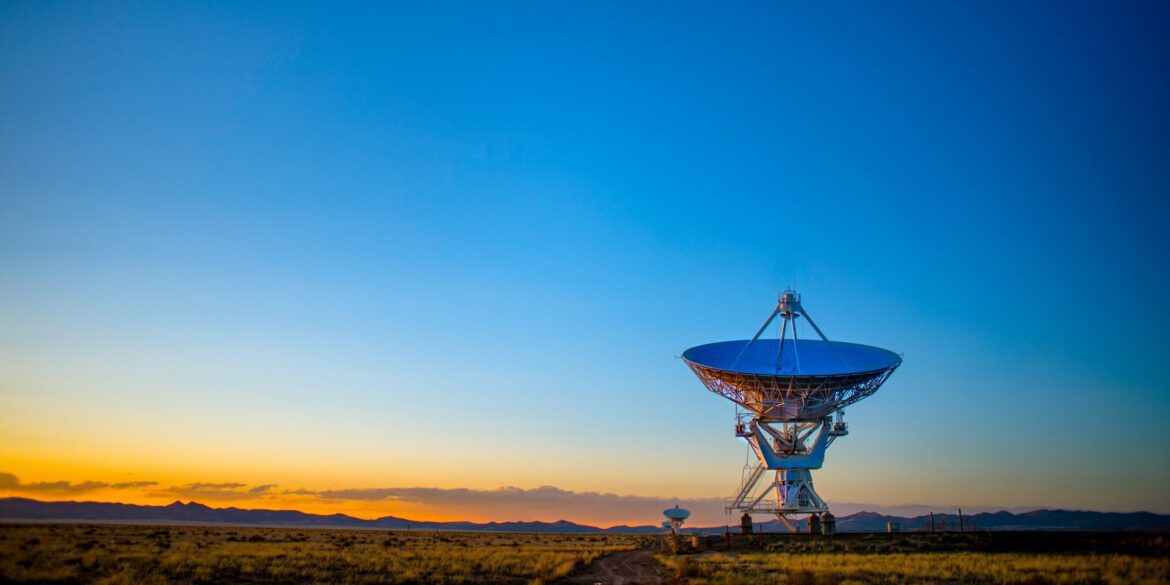The launch of the NASA-ISRO Synthetic Aperture Radar (NISAR) satellite on July 30 marks a significant advancement in Earth observation and environmental monitoring. As the first joint Earth science mission between NASA and the Indian Space Research Organisation (ISRO), NISAR is set to revolutionize the way scientists, policymakers, and communities study and respond to global environmental change.
Equipped with dual-band synthetic aperture radar systems—NASA’s L-band and ISRO’s S-band—NISAR will provide high-resolution, radar-based images of the Earth’s surface every 12 days. This frequency allows researchers to detect and analyze subtle surface changes over time, from the rise and fall of glaciers to the movement of tectonic plates. Because radar can penetrate cloud cover and function both day and night, NISAR offers continuous, weather-independent data—making it one of the most reliable tools for year-round Earth observation.
One of NISAR’s primary scientific goals is to track shifts in the planet’s natural systems. It will monitor everything from deforestation and land subsidence to glacier dynamics and coastal erosion. The ability to track these changes in near real-time has far-reaching implications for understanding climate change and mitigating its impacts. Scientists will be able to observe how ice sheets in Antarctica and Greenland are evolving, track the health of global forests, and measure changes in agricultural productivity with unprecedented accuracy.
Beyond environmental research, NISAR’s imagery will play a critical role in infrastructure and disaster management. Its ability to detect minute ground displacements can help identify areas at risk of landslides, sinkholes, and structural failures, improving early warning systems and risk assessments. This capability is especially vital in densely populated or disaster-prone regions where rapid response and planning can save lives.
Experts in climate science have hailed the satellite’s launch as a breakthrough. With climate variability increasing the frequency and severity of extreme weather events, the need for consistent and accessible data has never been greater. NISAR offers the scientific community and public agencies a robust, scalable platform to track environmental changes and design adaptive responses. Its open-data policy ensures that this information is available to researchers, NGOs, and government planners around the world.
In addition to its technical innovations, NISAR represents a model of international cooperation in addressing planetary challenges. By combining the engineering strengths and scientific expertise of both NASA and ISRO, the mission exemplifies how global partnerships can lead to transformative technological solutions.
NISAR’s mission is expected to last at least three years, but its impact is likely to extend far beyond its operational timeline. As more data becomes available, researchers anticipate new discoveries and applications across a wide range of fields—from biodiversity conservation and water resource management to urban planning and humanitarian relief.
As the satellite begins its journey from Earth’s surface to low-Earth orbit, it carries with it the promise of deeper insight into the dynamic processes shaping our world. The launch of NISAR not only enhances our scientific understanding of Earth systems, but also equips humanity with the tools needed to make informed decisions in the face of climate uncertainty.

